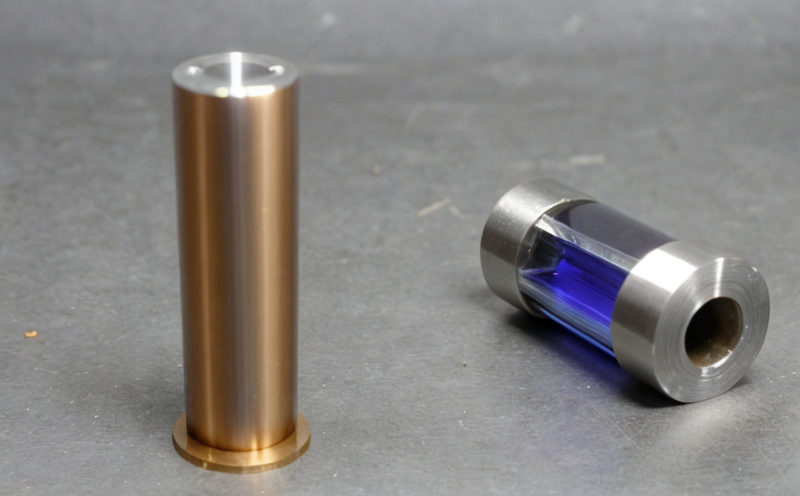DIN EN ISO 3759 Fabric specimen preparation for dimensional change
The DIN EN ISO 3759 standard is designed to ensure that fabric specimens are prepared correctly before undergoing tests related to dimensional changes, including shrinkage. This standardized procedure guarantees consistent and reliable results across different laboratories.
When selecting the appropriate method from this international standard for your specific fabrics, it's important to consider factors such as the type of weave (e.g., plain, twill) and the intended use of the fabric. For instance, a garment fabric will have different shrinkage requirements compared to upholstery or technical textiles.
The process begins with the collection of representative samples from the production batch. These specimens must be cut according to precise specifications laid out in DIN EN ISO 3759. The preparation stage includes washing and drying processes that are critical for achieving accurate measurements during subsequent tests.
Once prepared, fabric specimens undergo conditioning treatments designed to simulate real-world conditions under which they will eventually be used. This step is crucial because fabrics behave differently depending on their initial state – wet vs dry, heated or cooled, etc. Properly conditioned samples provide more meaningful data when comparing results between various test runs and facilities.
After proper conditioning, the specimens are then measured for length and width according to established protocols within DIN EN ISO 3759. These measurements serve as a baseline against which any dimensional changes due to shrinkage can be calculated later on during testing.
The choice of specimen size is also dictated by this standard; larger samples generally offer better statistical significance but require more resources both in terms of material and time. Smaller specimens may lack sufficient representation but are easier to handle and process.
It's worth noting that there might be variations based on specific types of fabrics, so always refer back to the full text of DIN EN ISO 3759 for exact details regarding specimen preparation procedures applicable specifically to your materials.
- Properly prepared specimens: Ensure accurate and reliable test results.
- Representative sampling: Guarantees that all parts of the batch are included in testing.
- Conditioning: Simulates actual usage conditions for more realistic outcomes.
Customer Impact and Satisfaction
DIN EN ISO 3759 ensures consistent results across different laboratories, enhancing customer trust in your products. By adhering to this standard, you demonstrate commitment to quality assurance which translates directly into higher levels of customer satisfaction.
- Increased confidence: Customers know they are getting accurate and reliable measurements.
- Better decision-making: Accurate data leads to informed choices about product performance.
- Competitive edge: Consistency in testing methods sets your brand apart from competitors who may not follow such strict protocols.
Moreover, compliance with this international standard can help you maintain good relationships with suppliers and buyers alike. It shows that you take product integrity seriously – a key factor in building long-term business partnerships.
International Acceptance and Recognition
DIN EN ISO 3759 has been widely adopted by textile manufacturers around the world because it provides clear guidelines for fabric specimen preparation. This makes it easier for companies to compare results across countries, fostering greater collaboration within the industry.
The standard is recognized internationally due to its rigorous approach and emphasis on accuracy and precision. Laboratories accredited according to this standard are trusted sources of information by both buyers and sellers alike.
Competitive Advantage and Market Impact
Adhering to DIN EN ISO 3759 can give your company a significant competitive advantage in the market. In an era where consumers are increasingly concerned about product quality and consistency, following such stringent standards reassures them that they’re investing in high-quality goods.
In addition, being able to demonstrate compliance with internationally recognized standards can open up new markets or expand existing ones. Many countries have regulations requiring textile products to meet certain specifications, often aligned with international standards like DIN EN ISO 3759.





